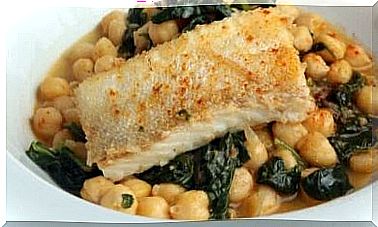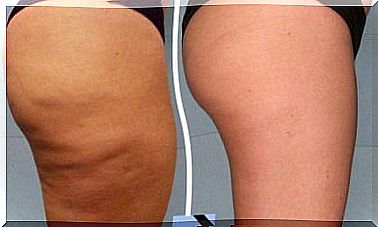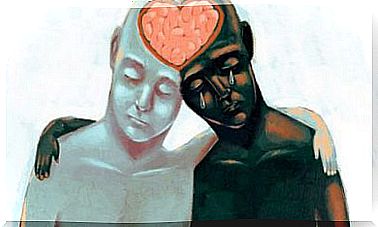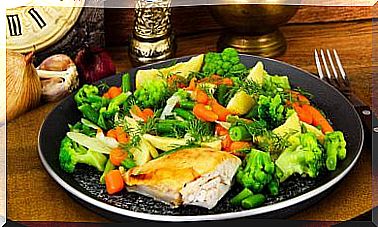Symptoms Of A Venous Thrombosis In The Legs
We must never underestimate them and not pay attention to the state of our varicose veins. Whether they are big or small, it is necessary that we keep them under control and see the doctor periodically so that we can avoid venous thrombosis.
There are many women who suffer every day because of uncomfortable varicose veins in their legs, a condition that, in addition to being aesthetically ugly, can also be very dangerous.
As you already know, varicose veins form due to poor blood circulation, but on some occasions, it can happen that the blood gets to condense and form a small clot, which completely impedes the correct circulation in the body.
How can we prevent this situation? What symptoms does a venous thrombosis usually present?
What is a venous thrombosis
The simple term frightens us: deep vein thrombosis, or DVT. The source of this problem is always a blood clot that originates in a vein in our body.
It is usually deep and is almost always located where circulation is usually worst, such as in the calves and thighs.
The biggest risk is that this thrombus can break off from this part of the leg and enter the bloodstream in our body until it reaches, for example, a pulmonary artery, blocking our circulation and causing what is known as a pulmonary embolism. It’s a very serious risk worth taking into account.
More about thrombosis
It is a fact that this problem usually affects people aged between 50 and 60 years, but younger women should also be very attentive, as everything will depend on the state of our varicose veins.
As doctors explain to us, clots or thrombi are always more likely to break off if they are located in the highest parts of our legs, that is, in the thighs.
That’s why it’s so important to carry out periodic reviews, and if experts consider it important to intervene, we should do it for our own safety and health.
Symptoms of a venous thrombosis in the legs

What symptoms can alert us that we are suffering from venous thrombosis? Well, first of all we have to know that we can have two different types of thrombosis; a more superficial and a more severe one that would undoubtedly cause a higher risk.
Keep in mind the symptoms associated with each of the problems:
1. Superficial venous thrombosis: as the doctors explain, we would notice this case immediately.
We will notice an increase in size in some part of our varicose veins until it becomes a kind of cord that is very hard to the touch, having a bluish color. It can be easily noticed and is often very painful.
We felt this region very hot and with an almost unbearable pressure at the end of the day. We must be careful with this type of superficial thrombosis because, in addition to being the first step in a deep thrombosis, infections, known as “phlebitis”, are common.
2. Deep vein thrombosis: unfortunately we have to say that, in most cases, when a superficial thrombosis turns into a deep one, we don’t realize that this has happened. Well then, we must always be alert to the following sensations:
- A very high pressure in this part where we have the most evident and inflamed varicose veins with a “blue cord” shape.
- An almost unbearable heat in that part of the legs.
- A tingling that can go up from the leg to the groin
- The leg becomes very stiff and rigid, something easily noticed when we touch it normally.
- Be very careful when the skin on your leg starts to turn blue or even becomes discolored and very pale. This last case would be a sign that the blood is having a hard time reaching this region.
Can we prevent a venous thrombosis?

First of all, we have to say that the problem of varicose veins almost always has a genetic origin.
The hereditary factor allied to incorrect lifestyle habits, where sedentary lifestyle is often added to an inadequate diet or overweight, will undoubtedly cause us to end up developing the dreaded varicose veins.
When you notice that they have started to appear in your legs, it will be time to direct all your efforts so that they do not turn into superficial venous thrombosis.
Some tips
- Exercise every day; going out for a walk for half an hour, for example, helps a lot. Swimming or cycling are also two very effective options.
- Let the cold water from the shower run down your legs
- Avoid salt in your diet, as well as sugar, fat, sweets, soft drinks, refined white flour… In other words, all those foods that can cause us to have poor blood circulation.
- Drink plenty of fluids, natural juices and teas such as horsetail, pennyroyal or rosemary infusion.
- There is a very suitable plant to treat varicose veins, with which different creams are made that can be very effective. It is the horse chestnut. You can find it in pharmacies and, as we mentioned, use it to treat varicose veins that are still superficial.
In case you already have a primary venous thrombosis and your veins already have a very evident relief and a bluish tinge that can be easily noticed, consult your doctor about the possibility of having surgery.
Therefore, the risk of suffering from a possible thrombus will always be present: it is like a kind of “Sword of Damocles”. So always follow your doctor’s advice.









